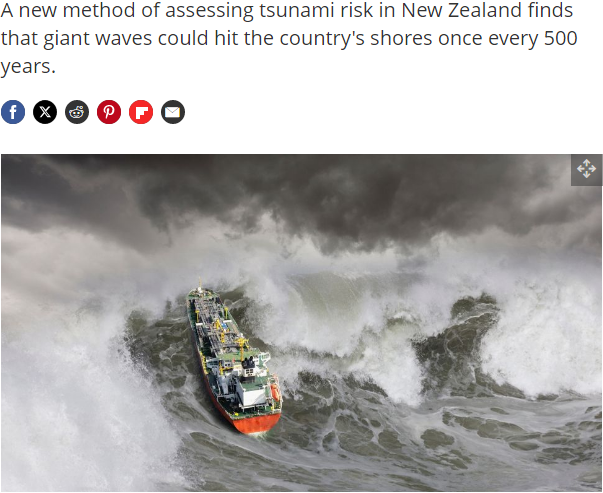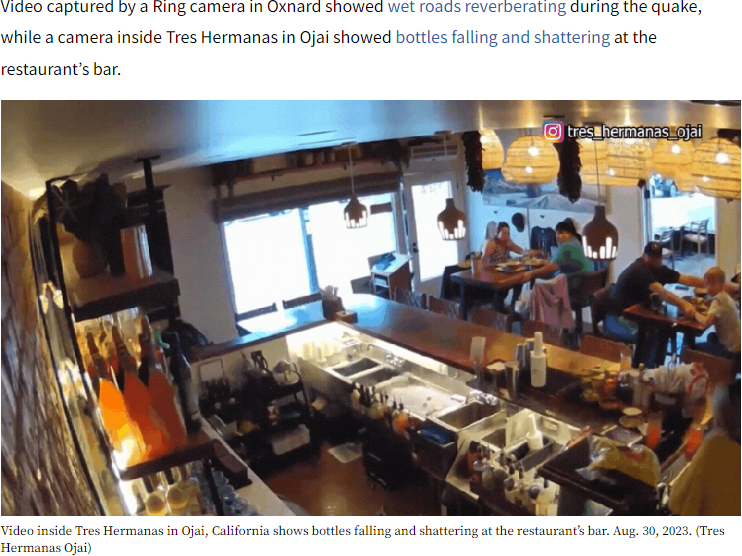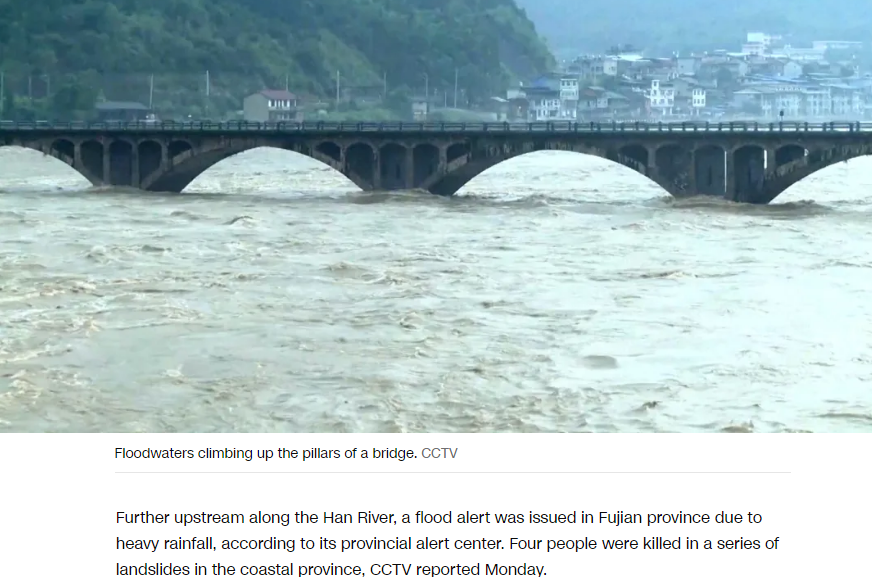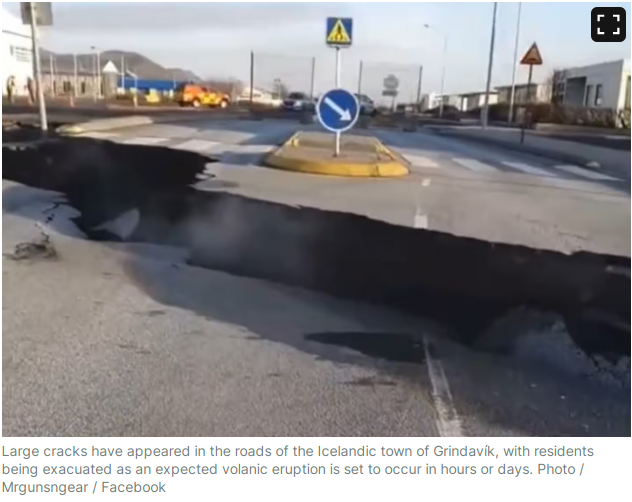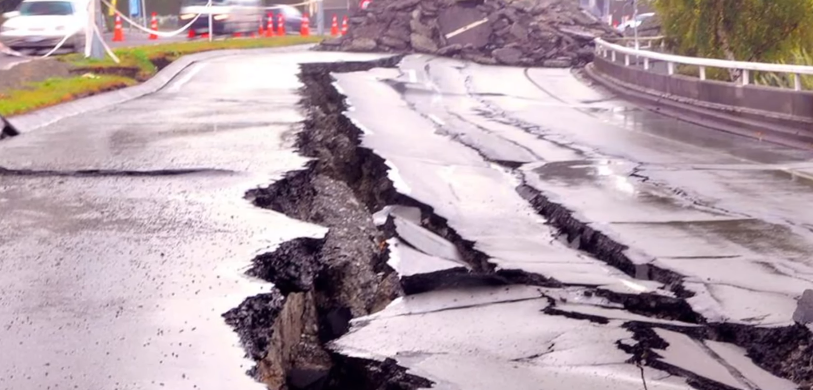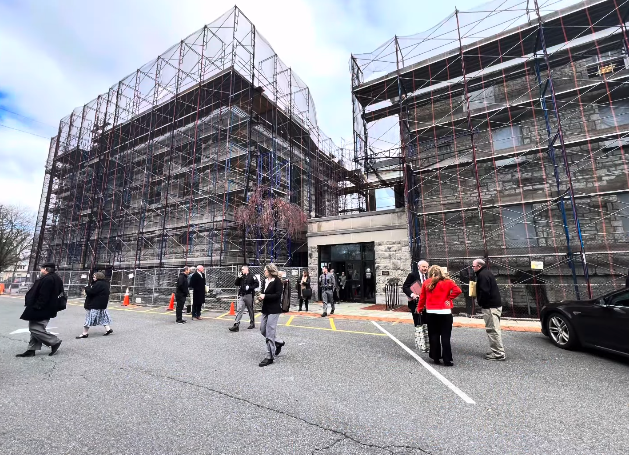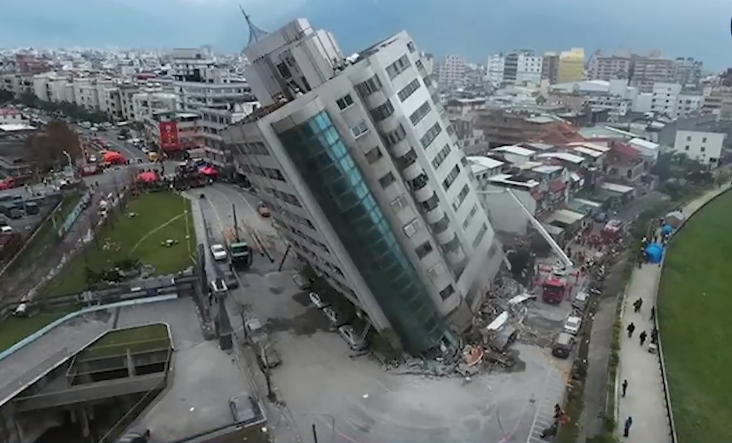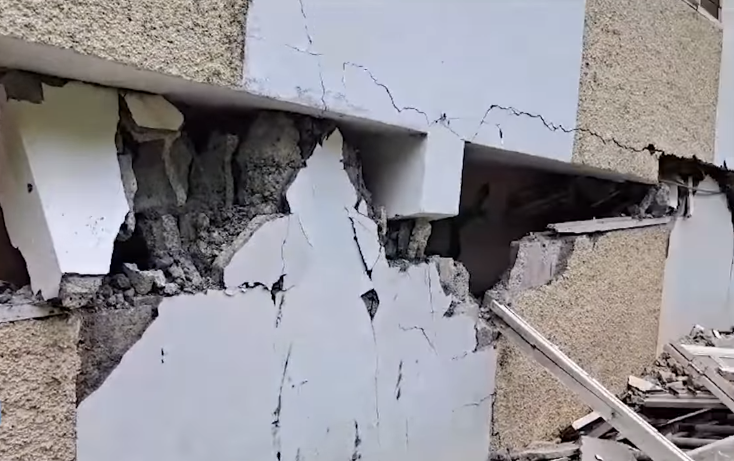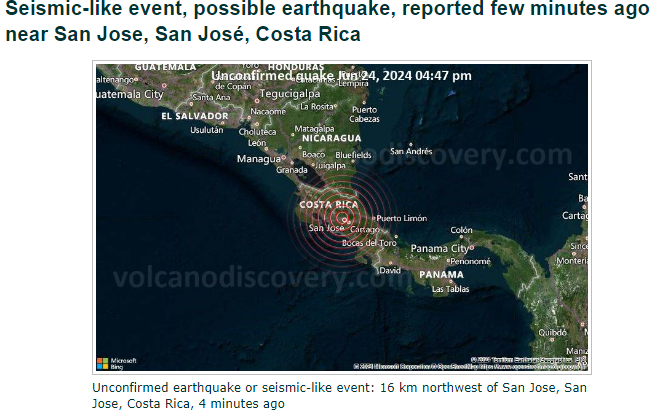Summary of the Athens Wildfire
| Aspect | Details |
|---|---|
| Location | Northern suburbs of Athens, Greece |
| Ignition | Sunday afternoon, August 11, 2024 |
| Spread | Rapidly advancing, fueled by hot, windy weather |
| Evacuations | Thousands of residents, including hospitals and monasteries |
| International Aid | Assistance from France, Italy, Czech Republic, Spain, and Turkey |
| Firefighting Efforts | Over 500 firefighters, aerial support, and numerous vehicles |
| Climate Impact | Exacerbated by exceptionally hot and dry conditions due to climate change |
| Health Concerns | High alert for medical facilities, precautions for vulnerable populations |

Introduction
A devastating wildfire has been raging in the northern suburbs of Athens, Greece, since Sunday afternoon, August 11, 2024. The fire, fueled by hot and windy weather, has prompted extensive evacuations and international aid. This article provides an overview of the situation, including the impact on residents, the scale of firefighting efforts, and the broader implications of climate change.
Evacuations and Emergency Response
Thousands of residents have been evacuated from their homes as the fire continues to spread rapidly. The affected areas include the suburbs of Athens, with evacuation orders issued for several neighborhoods. Key evacuation sites include a children’s hospital, a military hospital, two monasteries, and a children’s home.
Emergency Alerts and Evacuation Efforts
Emergency alerts have been sent to mobile phones in the vicinity, urging residents to evacuate. The police department has been actively involved in the evacuation efforts, utilizing vehicles and personnel to relocate individuals away from the fire’s path. Some residents who chose to stay behind later found themselves trapped and required rescue, putting firefighters’ lives at risk.
International Aid and Firefighting Efforts
Greece has activated Europe’s mutual civil protection mechanism to seek assistance from other countries. France is deploying a helicopter, 180 civil security personnel, and 55 fire engines. Italy is sending two water-dropping planes, while the Czech Republic is dispatching 75 firefighters along with 25 vehicles. Spain and Turkey are also contributing to the aid efforts.
Scale of Firefighting Operations
The firefighting efforts involve over 500 firefighters, supported by 152 aerial water-dropping units, and numerous volunteers. The fire department has mobilized over 190 vehicles, including 17 water-dropping planes and 16 helicopters. Despite these efforts, the fire remains challenging to control due to strong winds and the dry conditions of the pine forests.
Climate Concerns and Health Implications
The wildfire is a stark reminder of the increasing frequency and intensity of such events due to climate change. Greece has experienced its warmest June and July on record, exacerbating the dry conditions that fuel wildfires. The health minister has placed medical facilities on high alert, advising residents, especially those with chronic illnesses, the elderly, pregnant women, young children, and individuals with respiratory or heart conditions, to take precautions.
Historical Context
Wildfires are a common occurrence in Greece during the hot summer months, but the current blaze is particularly dangerous. In 2018, a catastrophic fire in the coastal area of Mati, east of Athens, resulted in over 100 fatalities. The current situation has sparked concerns that Greece may face a repeat of last summer’s devastation.
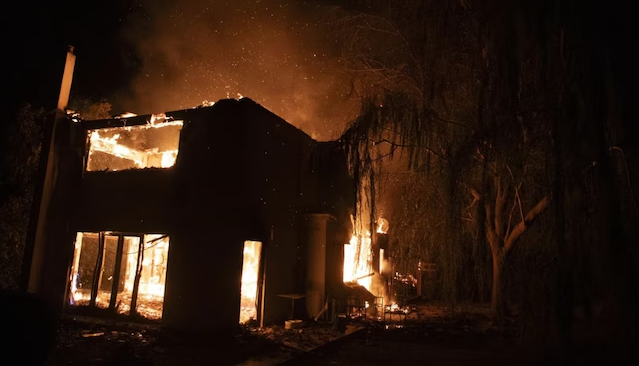
Conclusion
The Athens wildfire is a critical situation that underscores the urgent need for effective firefighting strategies and climate resilience measures. As the fire continues to rage, the international community’s support is crucial in combating this disaster. The situation remains fluid, with ongoing evacuations and firefighting efforts. Residents and travelers are advised to stay informed and follow the directives of local authorities.

